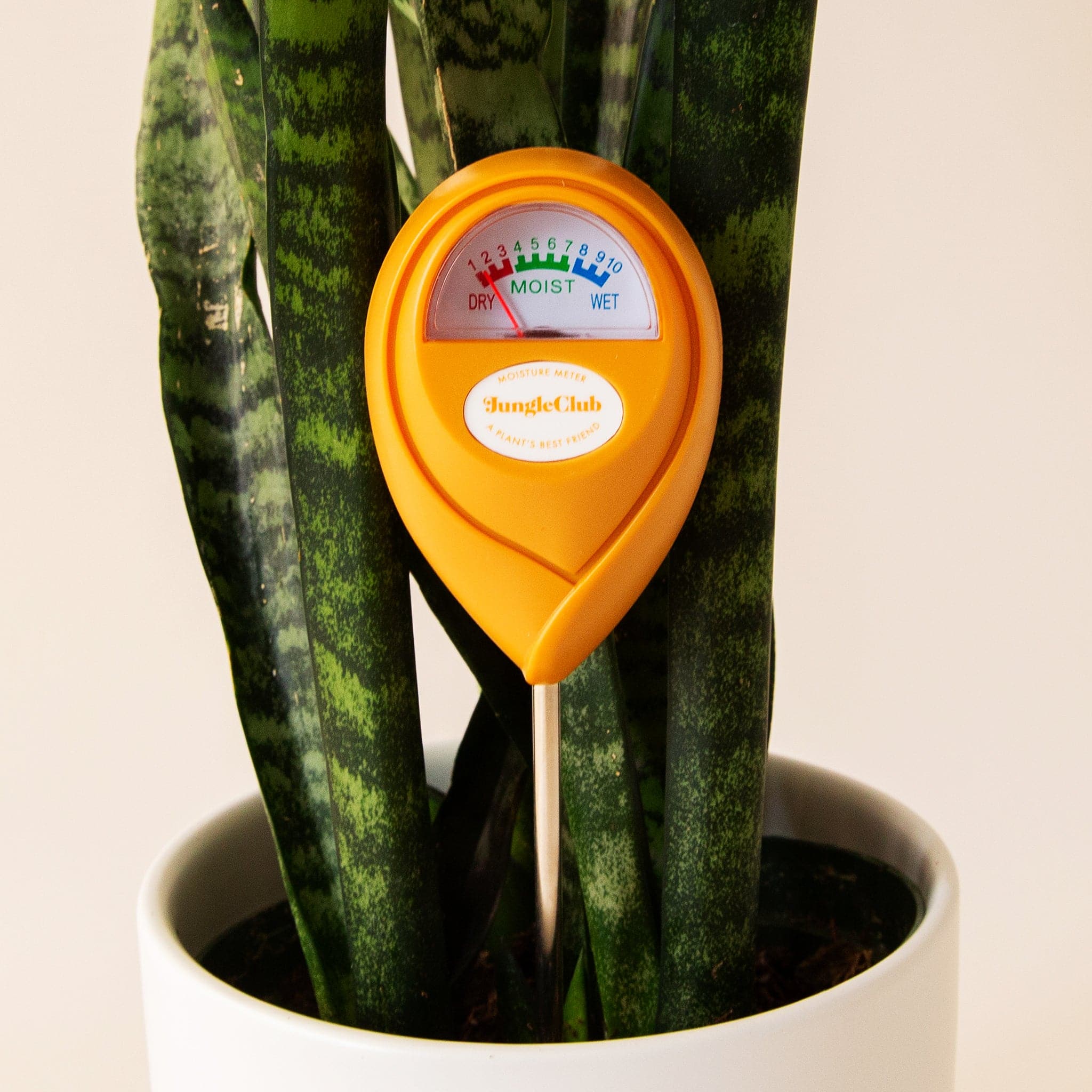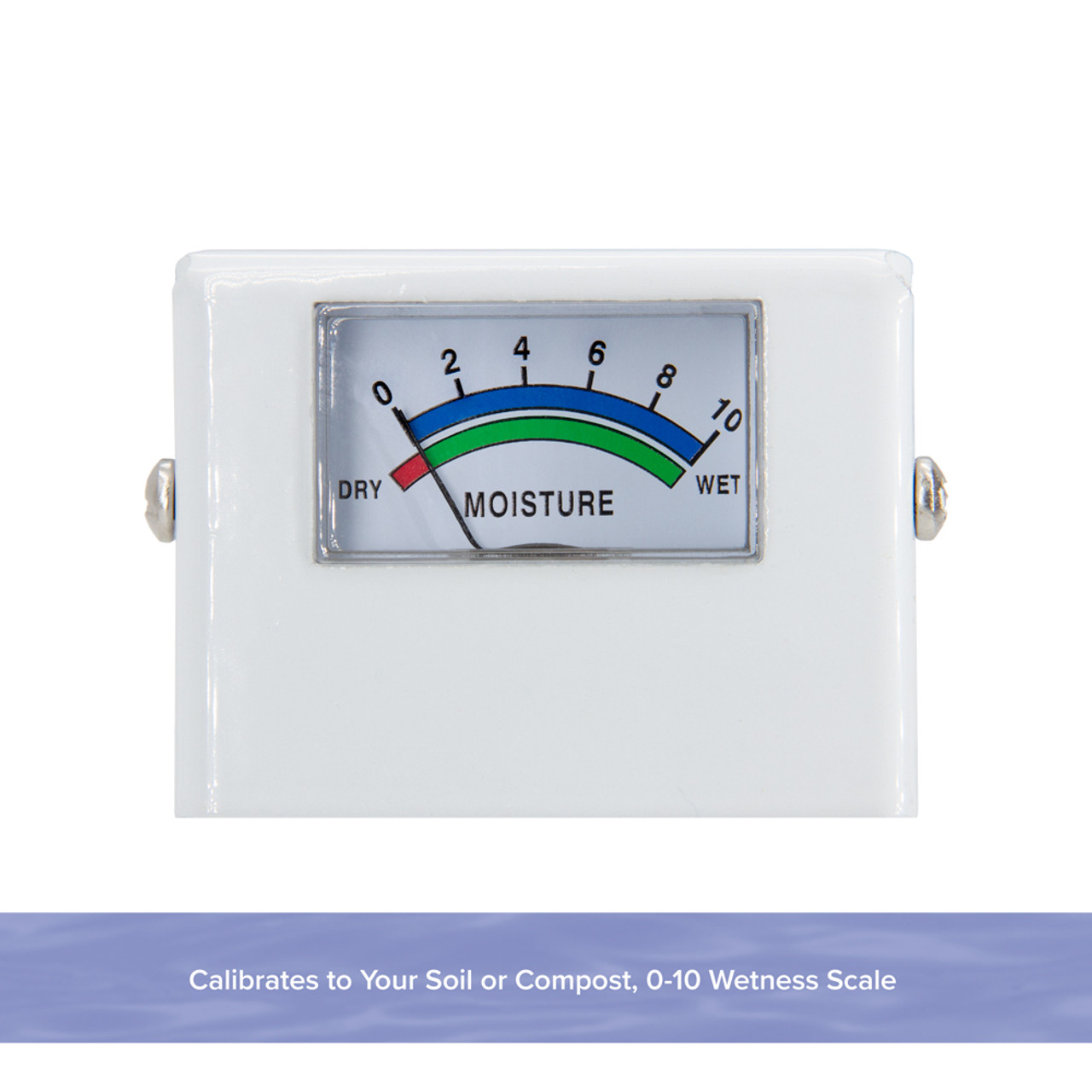Exactly How a Moisture Meter Can Improve Your Building And Construction Jobs and Avoid Damages
Exactly How a Moisture Meter Can Improve Your Building And Construction Jobs and Avoid Damages
Blog Article
Delve Into the Globe of Moisture Meters: Whatever You Required to Know
In the world of moisture meters exists a world of accuracy and usefulness that typically goes unnoticed. Recognizing just how moisture meters run, the various types offered, and their varied uses can drop light on their importance in making sure top quality and efficiency.
Just How Moisture Meters Work
Moisture meters operate by determining the electrical conductivity or capacitance of products to establish the dampness material present. These meters are vital tools throughout numerous markets, including agriculture, woodworking, and construction. By utilizing various approaches such as pin-type or pinless modern technology, dampness meters supply accurate readings that assist specialists make informed decisions.
Pin-type wetness meters function by putting the sharp pins right into the product being checked. On the other hand, pinless dampness meters make use of electromagnetic signals to scan a larger location without causing any kind of damages to the product's surface area.
Despite the approach utilized, dampness meters play a critical duty in preventing issues such as mold growth, architectural damages, or product problems caused by excess dampness. Comprehending exactly how these meters work is crucial for ensuring the high quality and honesty of products in numerous applications.
Sorts Of Moisture Meters
Given the important function moisture meters play in numerous markets, it is necessary to understand the different kinds readily available to specialists for properly evaluating wetness degrees - Moisture Meter. There are mainly two major kinds of moisture meters: pin-type and pinless wetness meters

On the various other hand, pinless dampness meters make use of electromagnetic sensor plates to check a larger location of the material without triggering any type of damages. This type appropriates for swiftly scanning large locations and is typically made use of for flooring, walls, and ceilings. Pinless meters are hassle-free for taking readings on finished surfaces without leaving any type of visible marks.
Both kinds of moisture meters have their advantages and are picked based upon the certain requirements of the task handy. Comprehending the differences between these kinds is vital for professionals to make accurate wetness evaluations.
Applications Across Industries
With diverse capabilities, dampness meters locate prevalent application throughout various markets, aiding specialists in ensuring optimum problems for products and structures. In the agriculture market, dampness meters are vital for figuring out the moisture material in grains, seeds, and hay, guaranteeing high quality control and stopping mold growth. Building professionals depend on wetness meters to analyze the moisture levels in building materials like drywall, concrete, and wood, which is vital for maintaining architectural stability and protecting against issues like rot or mold and mildew. The flooring industry uses wetness meters to determine the wetness content in subfloors before mounting numerous floor treatments, avoiding pricey problems due to excess dampness. In the food sector, moisture meters are made use of to keep track of and control moisture levels in items such as grains, nuts, and dried fruits to preserve quality and top quality. In addition, wetness meters play a vital duty in the repair and damages evaluation sector by aiding experts determine and attend to his response water damage in buildings promptly. Across these diverse sectors, moisture meters are indispensable devices for making certain the high quality, safety and security, and durability of numerous products and products.
Tips for Making Use Of Moisture Meters
Utilize the wetness meter's calibration setups to make dig this sure accurate analyses when measuring the wetness web content in numerous materials. Calibration is crucial for the appropriate performance of a dampness meter. Before each usage, it is advisable to check and change the calibration setups according to the certain product being evaluated. Furthermore, see to it the meter is readied to the right wetness variety for the material you are measuring to get one of the most exact outcomes.
When making use of a pin-type dampness meter, put the pins to the proper depth advised for the product being examined. This makes sure that the moisture analyses are drawn from the appropriate depth within the material, supplying a more accurate depiction of its wetness content. For pinless moisture meters, keep in mind to keep correct call with the material's surface to obtain dependable analyses.
Frequently examine and replace the batteries in your moisture meter to stop inaccurate readings due to low power. Shop the meter in a secure and dry location when not in usage to extend its life-span and preserve its accuracy. By complying with these tips, you can take full advantage of the efficiency of your wetness meter and get exact wetness material measurements throughout various materials.
Maintenance and Calibration
To make sure the precision of wetness content measurements, regular maintenance and calibration of the dampness meter are crucial steps in its appropriate performance. Upkeep includes maintaining the wetness meter free and tidy from particles that could impact its readings. It is vital to adhere to the supplier's guidelines for cleaning up to avoid damages to the tool. Furthermore, routine calibration is needed to verify the precision of the readings. Calibration adjusts the dampness meter to ensure that it gives discover this constant and trusted outcomes.
Calibration must be executed regularly, specifically if the dampness meter is made use of regularly or in essential applications where precise dimensions are called for. Many wetness meters come with calibration devices or can be calibrated by expert solutions. Moisture Meter. It is recommended to keep a log of calibration days and results to track the efficiency of the moisture meter gradually. By adjusting the wetness and maintaining meter on a regular basis, customers can rely on the accuracy of the dampness content measurements obtained.
Conclusion

To conclude, wetness meters play a critical duty in different markets by properly measuring the moisture content of products. Recognizing how these tools function, the different types offered, and correct upkeep and calibration are crucial for getting reliable outcomes. Whether in manufacturing, building, or farming, using moisture meters assists make sure quality control and efficiency in procedures.

In conclusion, dampness meters play an essential role in numerous sectors by precisely determining the wetness content of products.
Report this page